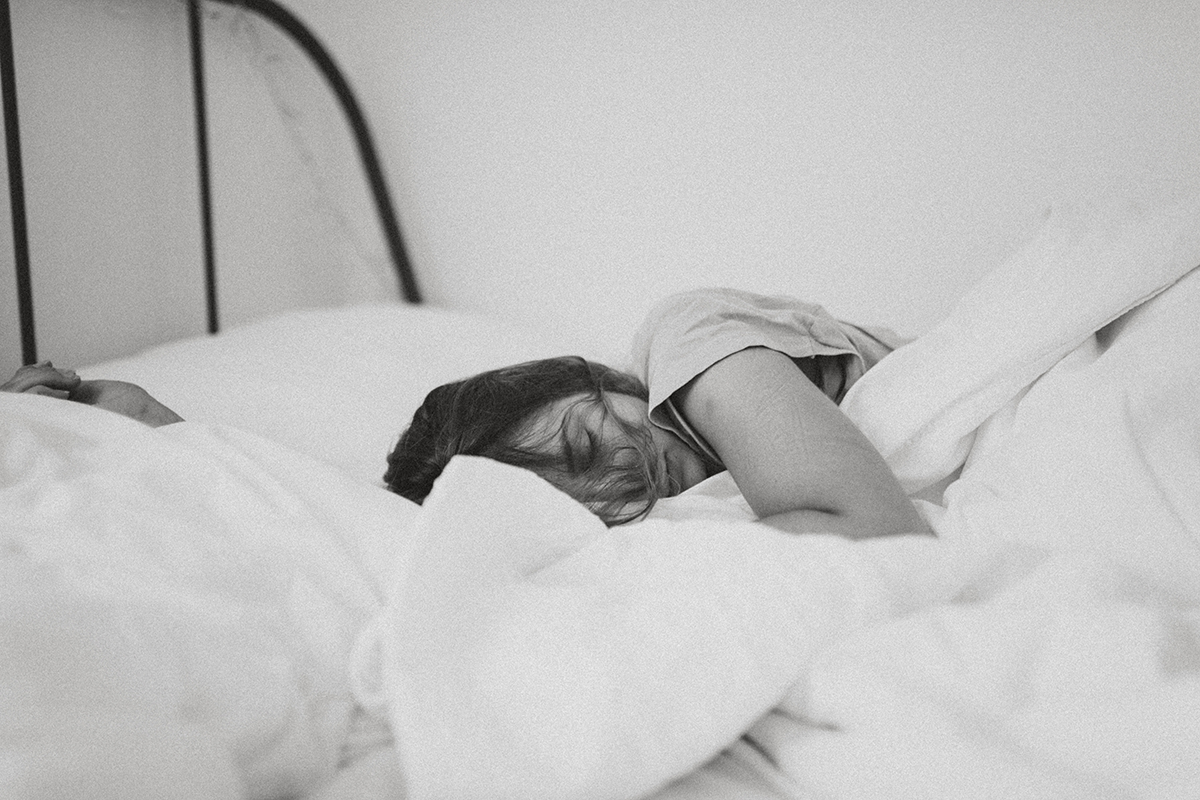We’ve been looking at better sleep quality during this three-part series. We know sleep deficiency can lead to physical and mental health problems, injuries, loss of productivity, and even greater risk of death. We also know sleep helps us regenerate and refresh, heal and recover. Let’s look at how sleep works and why it’s important.
The two basic types of sleep are rapid eye movement (REM) and non-REM (NREM). Being able to successfully sleep in solid blocks of time is important. Here’s why – non-REM and REM sleep occur in a regular pattern of 3–5 cycles each night.
We normally start the sleep cycle in NREM sleep. The Cleveland Clinic said, “…REM sleep occurs 90 minutes after sleep onset. The first period of REM typically lasts 10 minutes, with each recurring REM stage lengthening, and the final one lasting an hour.” REM sleep is where dreaming typically occurs. We can have other “active” features during REM sleep such as eye movements and increased brain activity (I like to call this processing), increased breathing and relaxation of our limbs and muscles.
NREM sleep includes what is commonly known as deep sleep or slow-wave sleep. “The period of NREM sleep is made up of stages 1 to 4. Each stage can last from five to 15 minutes.”
- 20% of American adults report not getting enough rest or sleep every day
- 40% of adults’ report falling asleep during the day without meaning to at least once a month.
- Here’s the saddest statistic, between 50 to 70 million Americans have chronic (ongoing) sleep disorders.
https://my.clevelandclinic.org/health/articles/12148-sleep-basics
You might be surprised to know that exercise is helpful in regulating your sleep. While you certainly don’t want to exercise late in the evening, as it can be stimulating, activity earlier in the day will help you feel balanced and rest better at night.
Sleep deficiency is linked to many chronic health problems, including depression, diabetes, high blood pressure, stroke, heart disease, kidney disease and obesity.
Areas to support for more ZZZZ’s:
Let’s make sure your bedroom is dark and quiet.
Why is this important? Some of the highest levels of human growth hormone are produced and secreted at night during the first hours of sleep. This vital hormone replenishes and causes growth of almost all cells, like skin and gut cells, while sleeping. If you have light peeking in through your drapes or blinds, it can be hard to drop into a healthy level of sleep that allows for this wonderful hormone to do its magic. REM sleep is also best achieved with a dark bedroom.
You may be thinking, “Hmmm, I have light coming through my blinds. How can I darken my bedroom?” Determine where the light is coming from. If it’s coming from outside your bedroom and if you can take care of the outside source of light, excellent! It may be as simple as repositioning an exterior light fixture or changing the intensity of the light bulb or lamp. If you cannot control the exterior lighting, you may need to take some interior window covering steps.
Note where the light is coming in. If it’s above the window (the most common area for light to sneak into a room), you might consider adding a fabric valance over the blinds or drapes. It can act like a cap to block light. Light can also come into a room over sliding doors, patio doors through blinds, shades, or shutters. Another option for blocking light might be a set of drapes over the blinds, shades, or shutters, and you might consider drapes that are several inches higher than your window coverings.
Good sleep is powerful remedy for poor memory, mood, and mental concentration. Hoping this information helps you get many more nights of restful slumber. Stay well rested!








